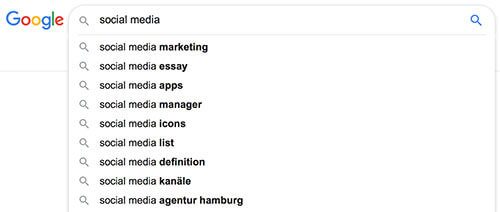There is an assumption that Likes, Tweets, and Shares alone make up the position in Google’s ranking. But this has not been the case for a long time. It takes much more than that to earn a good ranking on search engines; it’s not for nothing that many assumptions, tips, and tricks circulate on the net, promising a better position. The assumption that “social signs” are the new links is a correlation, not an actual causality. What actually has an impact on ranking is the content, a strong brand, and other additions that promise users value.
Social SEO means that ranking can be influenced by blog posts and social media activity and that improving ranking among social media channels has an indirect effect on ranking. Let’s first take a closer look at what this means exactly.
Blog posts have their advantages and disadvantages. They belong to the older generation of social media channels and thus often do not meet the requirements of modern search engines. However, companies that still have a blog can adapt them to today’s requirements as much as possible. To do this, it is recommended to install a suitable SEO plugin. In addition, care should be taken to ensure that measures such as good page load speed and internal linking are in place. In addition, of course, as known in traditional SEO, don’t forget the use of meaningful keywords in the title, meta description, and tags.
What also leads to an improvement in ranking is activity on social media channels. In particular, Pinterest, SlideShare, and YouTube are intensively listed by Google. Care should also be taken to ensure that these channels can be found on Google. The use of various social media accounts enables communication with customers, plus it gives them an overall picture of the brand.
Traditional SEO methods can also be used on social media as well.
In order to increase the traffic on the respective page once again, descriptions can also be used as a means of fitting in some links that then lead to the landing page.
The indirect effects of this include what comes from the outside, such as other people (users, visitors, etc.) searching for the brand, interacting with posts, or writing about brands. This, of course, requires active social media engagement.












